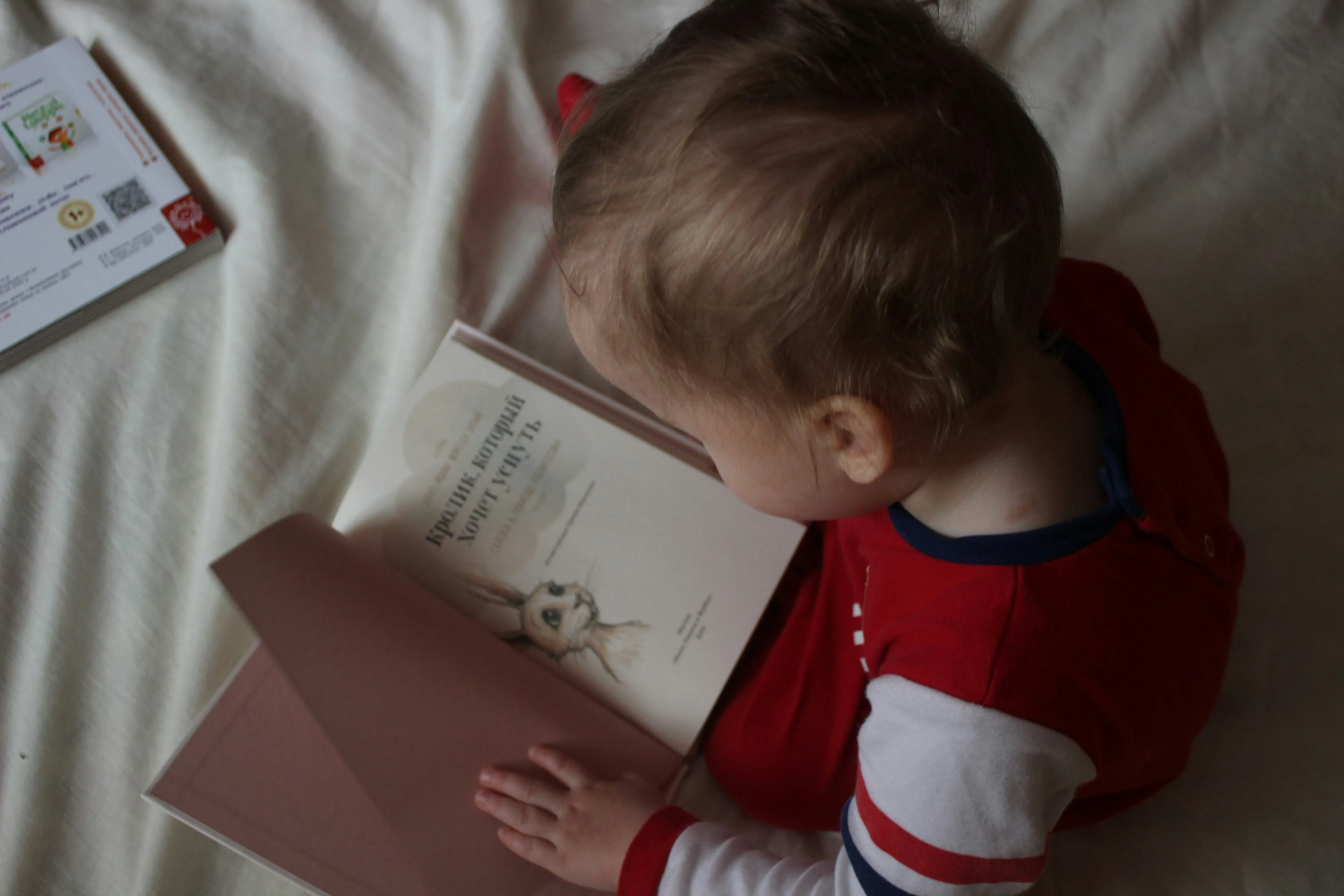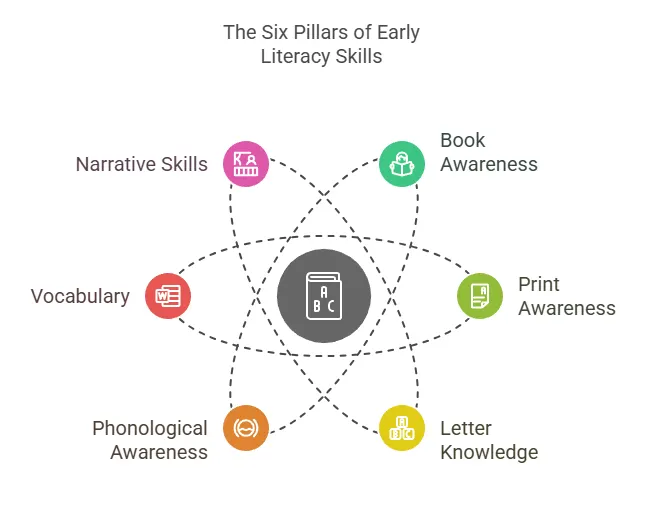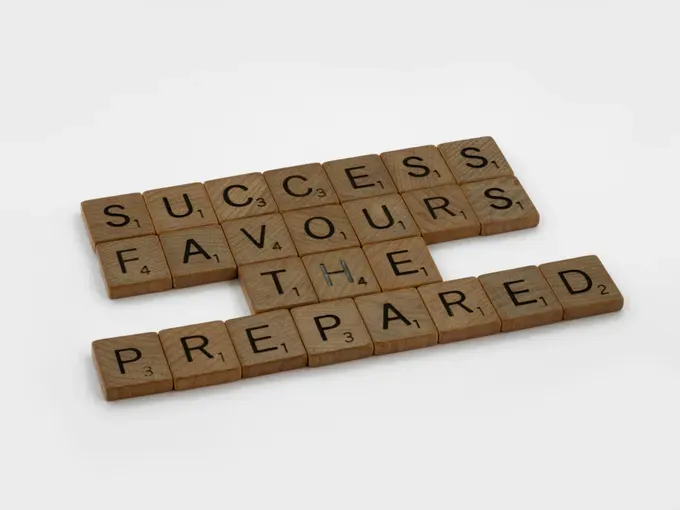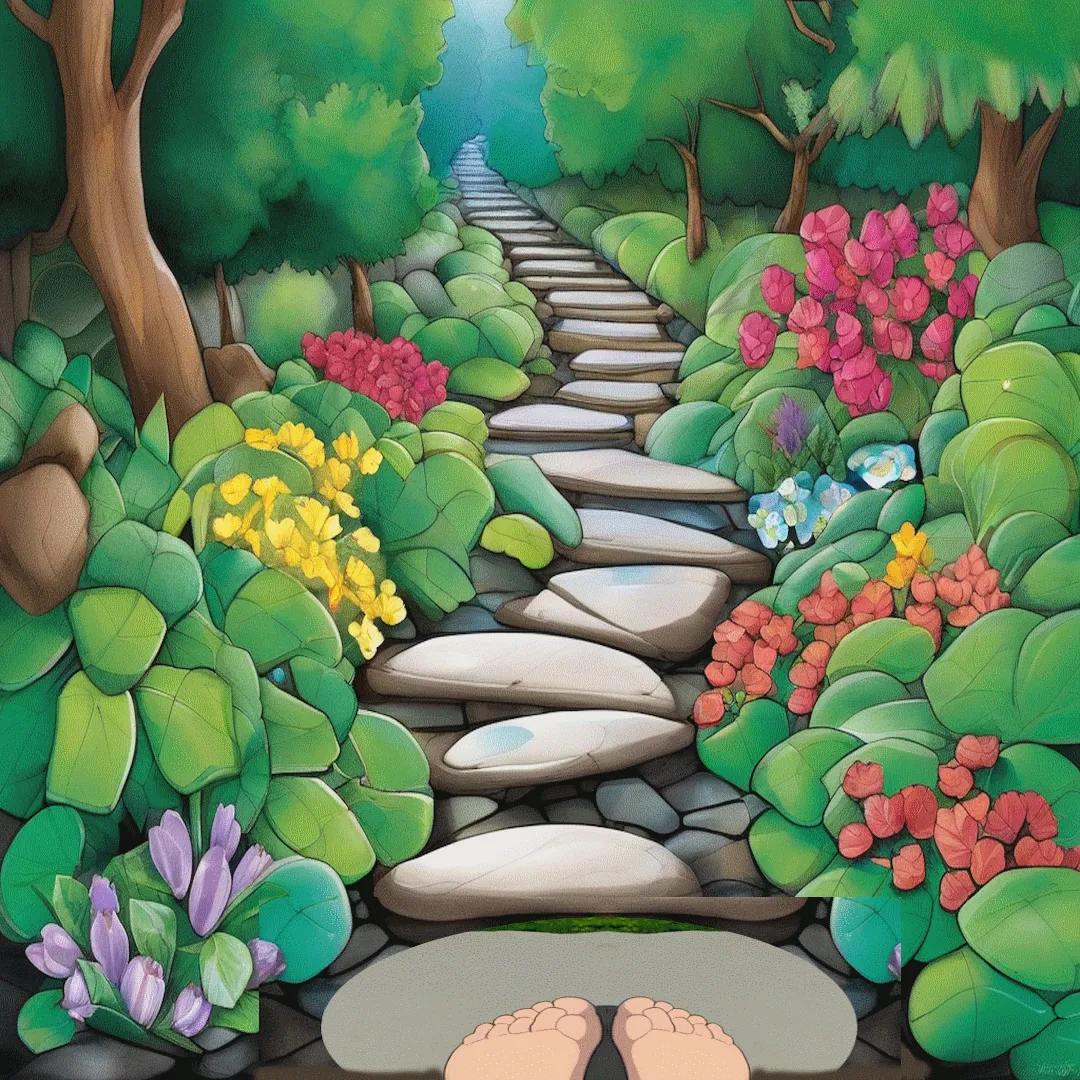Celebrate Make a Book Day: Create Your Own Story Today
Celebrate May 8 Make a Book Day!

Key Highlights
- Learn how to make a book from scratch, covering writing, editing, and design essentials.
- Discover the tools needed to create a professional-looking manuscript and book layout.
- Explore tips for adding personal touches like unique covers and dedications to make your book special.
- Understand the difference between DIY and professional publishing options.
- Get practical advice on printing, distribution, and promoting your book.
- Incorporate design tools like Canva for creating stunning book covers and templates.
Introduction
Making a book is not just a job—it's a journey. You get to use your creativity and passion to create something special. It could be a photo book that keeps your best memories or a novel that shows off your skills as a book artist.
This process needs careful book design and good storytelling. With the right tools, helpful tips, and a bit of patience, you can create a piece of art that speaks to people. Do you want to bring your story to life? Let’s explore the key steps to turn your book idea into reality today!
Getting Started with Book Making
 Starting your book-making journey begins with having a vision and some preparation. Writing your story, picking materials, and choosing a layout might seem like a lot to handle. However, these key steps are necessary for both the process and the final result.
Starting your book-making journey begins with having a vision and some preparation. Writing your story, picking materials, and choosing a layout might seem like a lot to handle. However, these key steps are necessary for both the process and the final result.
Whether you are making a memoir, a photo book, or a novel, concentrate on the themes and ideas you want to share. A clear plan, along with a creative tool, will help your imagined masterpiece come to life easily.
Understanding the Basics of Book Creation
The key to creating a successful book is understanding its main parts. As a book artist, you have an important job in handling your manuscript. You need to make sure your designs match your message and look professional. Focus on important details like how to find content easily and how to become the copyright owner to protect your work.
You also need to know about international law, especially copyright agreements in publishing. This will protect your writing and designs while showing that you are the author.
Finally, using tools to help organize your work is important. This includes both text and visuals. Doing this will save you time and help keep your ideas clear. Whether you are working on chapters for a novel or the layout for your photo book, good planning makes everything consistent, smooth, and effective.
Essential Tools and Materials Needed
Creating a book needs different tools and materials that match your book design. Templates are important for organizing your content well. They help with everything from chapter layouts to cover designs. Templates act as a guide to make the whole process easier.
When it comes to bookbinding, adhesives are essential. They help make a strong book, especially for hardcover or softbound photo albums. You can look into options like PUR adhesive or laminates for good durability.
Lastly, design materials like fonts, graphics, and imagery add life to your project. Apps like Canva offer drag-and-drop design tools. This lets you customize endlessly to fit your style. Choosing high-quality visuals like PNGs, JPGs, or bold fonts will help you achieve a polished and professional look.
Beginner’s Guide to Writing Your Book
Writing your first book begins with an idea that sparks curiosity and passion. Everyone has a story ready to be shared; now it’s your chance to bring yours to life. Focus on how you tell your story, and choose each word carefully.
Start by setting small daily goals that you can manage. This will help turn your ideas into pages. Soon, your manuscript will develop, leading you to the thrilling journey of sharing your story with the world!
Choosing a Theme and Genre
Choosing the theme and genre of your book is an important first step. The theme is the foundation of your story. It could be adventure, romance, or personal growth. Consider the feelings you want to create and how the theme connects with your readers.
The genre you pick depends on the kind of writing you want to do. For example, fantasy or thriller genres have specific styles. In contrast, memoirs or personal stories need to be real and true. Whether you’re going for a paperback or an ebook, the genre will shape how your book turns out.
Self-publishing gives you freedom and creativity while focusing on what readers want. Tools like Canva provide templates for different genres. This helps you create eye-catching covers and layouts, making your book attractive in any bookstore, whether online or in person.
Outlining Your Story
Outlining your story starts with organizing your ideas in a clear order. A good layout with well-defined chapters and sections is important to keep readers interested. Begin by making a template that shows your story's main action. This will help you move toward each key point easily.
PDF files can be useful for saving and editing your outline. They keep your formatting the way you want it. In your outline, add details like characters, settings, and timelines to build your plot well.
As you improve your outline, include strong themes and key moments that connect. Your template should be flexible so you can change it when new ideas come up. This method keeps things organized and helps turn your early notes into a great story smoothly.
Step-by-Step Guide to Assembling Your Book
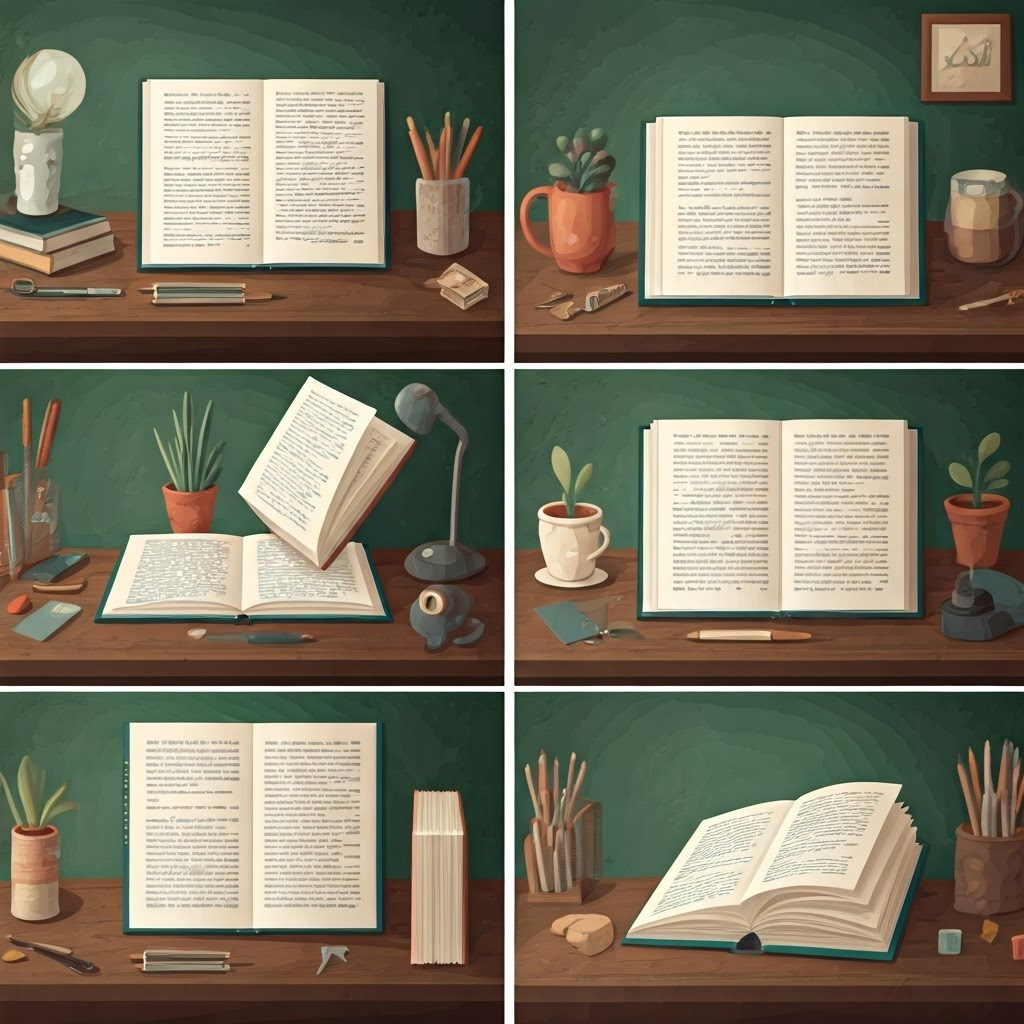
Putting your story into a finished book calls for gathering several important chapters. From getting your manuscript ready to binding the pages, every step is crucial for creating something great.
Make your vision real through careful planning, following the clear steps listed below. Begin small and be regular in your work. Adjust every detail as you go. Before long, your pages will join perfectly to create a masterpiece!
Step 1: Preparing Your Manuscript
The manuscript preparation stage is the time when your story changes from rough drafts to smooth writing. Start by sorting your ideas into clear chapters. This will make your text easy to read. If you save your manuscripts as PDF files, they can work well across different platforms, especially for ebook publishers.
Next, polish the words you chose. Remove any repeated phrases and change the wording for a stronger impact. Make sure the format is neat. This means page breaks, numbering, and headers should flow well from one chapter to the next.
Lastly, focus on technical accuracy by proofreading. Fix any mistakes in spelling, grammar, and punctuation. This will show your professionalism and make a good impression on readers and publishers.
Step 2: Designing Your Book Layout
Designing the layout of your book helps create a great experience for readers. Begin with a clear template to set margins, spacing, and headers.
Use layout tools to add fitting graphics in your chapters. For example, you can use tables to show comparisons or details if you include illustrations. Place visuals carefully to keep the balance on each page.
Choosing a smooth design flow, like the ones offered by Canva, makes sure every page connects to your artistic style. The right fonts, titles, and icon placement turn images into a well-designed book that comes together nicely!

Step 3: Selecting Images and Illustrations
Choosing the right images and illustrations can make your book look much better. Think about your book design and how the pictures work together with your text. This can help create a balanced layout. You can use your photos and graphics, or pick from high-quality PNG and JPG files. Just make sure these choices follow international law on copyright ownership. Use drop-down design tools to make the selection process easier. This will help you see how different illustrations and photos fit in your template. The right imagery grabs attention and adds more depth to your story.
Step 4: Binding Your Book
Binding your book is important. It helps turn your manuscript into a clean and professional product. There are different methods of binding, such as perfect binding, saddle stitch, and hardcover options. The way you bind your book affects how it looks and how long it lasts. You should use drop-down design tools or templates. They let you see the layout before you make a decision. Also, make sure the materials you use, like adhesives and paper types, match your overall book design vision. This will help you achieve a nice and stylish finish.
Step 5: Final Proofreading and Editing
Paying close attention to detail is important during the last proofreading and editing stage. This step involves checking the content for grammatical errors, broken links, or formatting problems. Using tools like a retrieval system and grammar-check software can help with this job. Also, try reading the text aloud to spot mistakes you might miss otherwise. Changing font styles and layouts can help make things clearer. This way, your book's nice design goes well with the story.
Personalizing Your Book
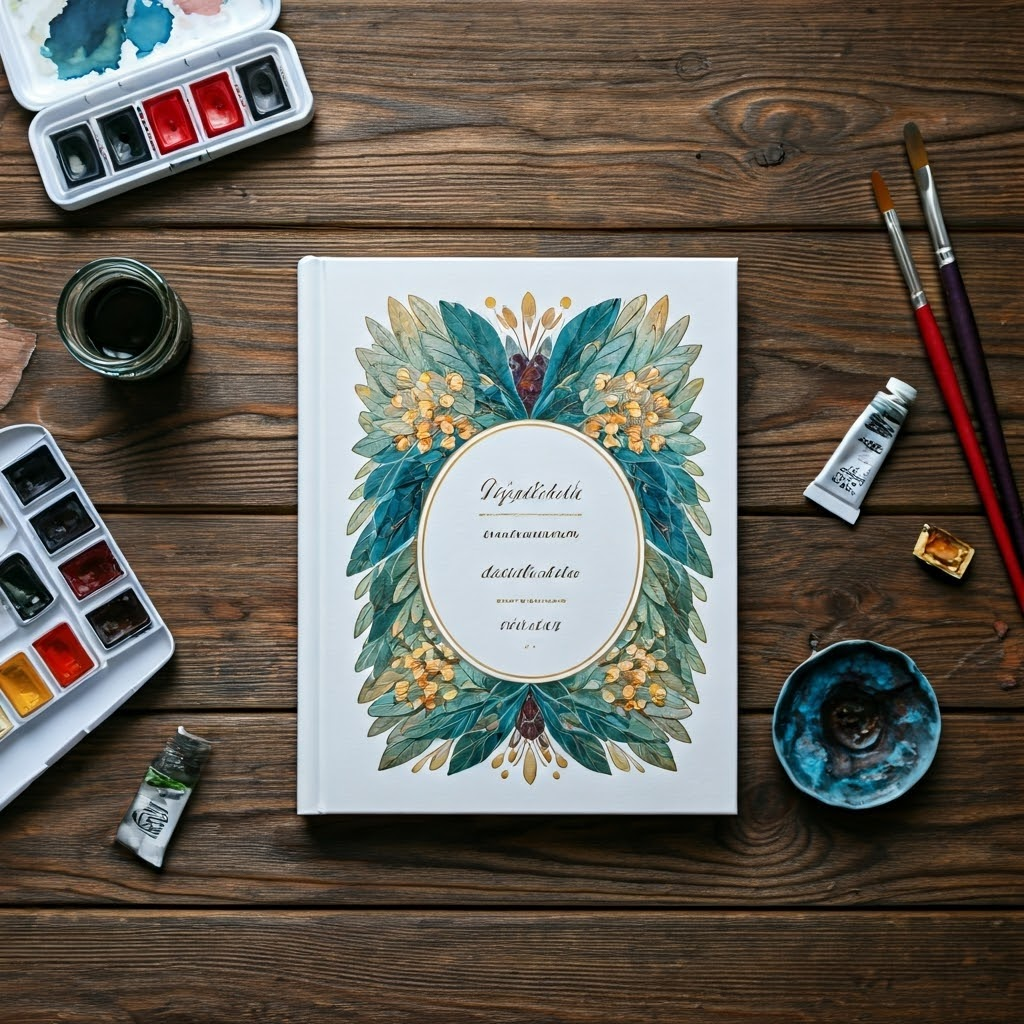 Creating a special touch for your book can change it from plain to amazing. Choosing the right cover designs, fonts, and layouts is very important for how your book looks. Adding personal stories or messages makes it even more special and unique. Using photo book design tools lets you include your photos and drawings, which makes the story richer. Whether using custom pictures or warm messages, personalization boosts your work and helps you connect with readers in a meaningful way.
Creating a special touch for your book can change it from plain to amazing. Choosing the right cover designs, fonts, and layouts is very important for how your book looks. Adding personal stories or messages makes it even more special and unique. Using photo book design tools lets you include your photos and drawings, which makes the story richer. Whether using custom pictures or warm messages, personalization boosts your work and helps you connect with readers in a meaningful way.
Adding Unique Covers and Design Elements
Think about making your book look great with special cover designs and custom features. You can use drop-down design tools to make this easier. These tools let you create personalized graphics that match your themes. Choose eye-catching images or your photos in formats like JPG or PNG. When picking fonts, make sure they are easy to read and fit well with your design. These little details can make your book more attractive. They will connect with readers and help your book stand out in stores or on social media platforms like Instagram.
Incorporating Personal Stories and Dedications
Personal stories and dedications can turn your book into something special. They help readers connect more with your story. You can use drop-down design tools to create a nice layout. Make sure to add your photos or illustrations that match your themes. Think about using graphics that show your journey. Don’t forget to check copyright ownership for any images you didn’t create. A thoughtful dedication can add a personal touch. This makes your book more than just a stack of pages; it turns it into a meaningful gift.
Publishing Options for Beginners
Exploring publishing options gives many opportunities for new authors. DIY publishing allows you to take charge and control everything, like book design and printing. You can use online platforms and templates to make your book look professional. On the other hand, professional publishing services can help you. They make the process easier by assisting with cover designs and handling distribution. Each option has its benefits, based on how much money you have and how involved you want to be. It’s important to think about international law and copyright ownership to protect your work during the publishing process.
DIY Publishing vs. Professional Publishing Services
Exploring the differences between DIY publishing and professional publishing services can help creators in making their books. DIY publishing means making hands-on choices. This includes picking images, uploading files like PDF or PNG, and using drop-down design tools. On the other hand, professional services offer expert help in book design and layout. They ensure you get good illustrations and cover designs. It is important to look at costs, timelines, and your personal goals. This will help you decide which option fits your creative ideas best.
Tips for Printing and Distribution
Choosing the right printing service is very important for getting your book out to readers. Look into local and online services. Compare their costs and how quickly they can print your book. You might want to think about using a print-on-demand service. It gives you more flexibility and lower initial costs.
After your book is printed, plan your shipping carefully. This will help ensure it arrives on time. Create a strong social media presence to show off your book. Platforms like Instagram are great for displaying cover designs and imagery. Lastly, check different ways to distribute your book. Consider local bookstores and online retailers to reach more people.
Related Articles :
International Book Week 2025 – Igniting a Love for Reading
Celebrate Literacy: National Children's Book Week
World Book Day for Kids: Sparking a Love for Reading

Conclusion
Finalizing your book project should make you feel good and excited. Think about the steps you took to bring your story alive. This includes picking illustrations and making your design special. Knowing how publishing works, whether you do it yourself or hire a pro, helps you share your work with everyone. With the right marketing and distribution, your book can reach happy readers in bookstores or on social media. Enjoy this creative journey and let your special voice be heard.
Frequently Asked Questions
What is the Best Format for a Beginner’s Book?
For a beginner's book, it's often best to use a standard size like 6x9 inches or 5.5x8.5 inches. This makes it easier to hold and read. It helps to use simple layouts. Choose clear fonts, plenty of white space, and even margins. This can improve the reading experience.
How can I develop a compelling plot for my story?
To create a great plot, start with an interesting idea that gets you excited. Build clear characters who have specific goals and face challenges. Plan the main events and make sure the pace keeps readers interested. Add surprises and endings that leave them satisfied. Don't forget to show how characters grow during the story.
What are the essential steps to start writing my book?
To begin writing your book, first outline your ideas clearly. Then, set a writing schedule. It’s important to create interesting characters and settings. Write regularly. Don’t forget to revise often. Get feedback from others. This will help you improve your manuscript and turn it into a polished final draft.
Are there any common mistakes to avoid when writing my first book?
Sure! Here are some common mistakes to avoid. Many people forget to plan well and skip outlining. They might also ignore character development and not edit their work properly. Moreover, if you do not seek feedback from beta readers, it can stop you from getting better. Knowing about these mistakes can help you in your writing journey.
Reference
https://vernonarts.ca/product/gelli-printing
https://vernonarts.ca/product/introduction-to-lino-printing-b
https://www.herringbonebindery.com/

Written with Augmented Intelligence and SHiNER The Human
























